**”Decoding Dog E-Collars: A Comprehensive Guide for Modern Pet Owners”**
Introduction to what is a dog e collar ?
Are you wondering what a dog e-collar is and how it can benefit your furry friend? you’re not alone. As a dog owner, it is important to explore all the tools available to ensure your pet’s well-being and training. Dog e-collars, also known as electronic collars or remote training collars, have gained popularity for their effectiveness in training and behavior management.
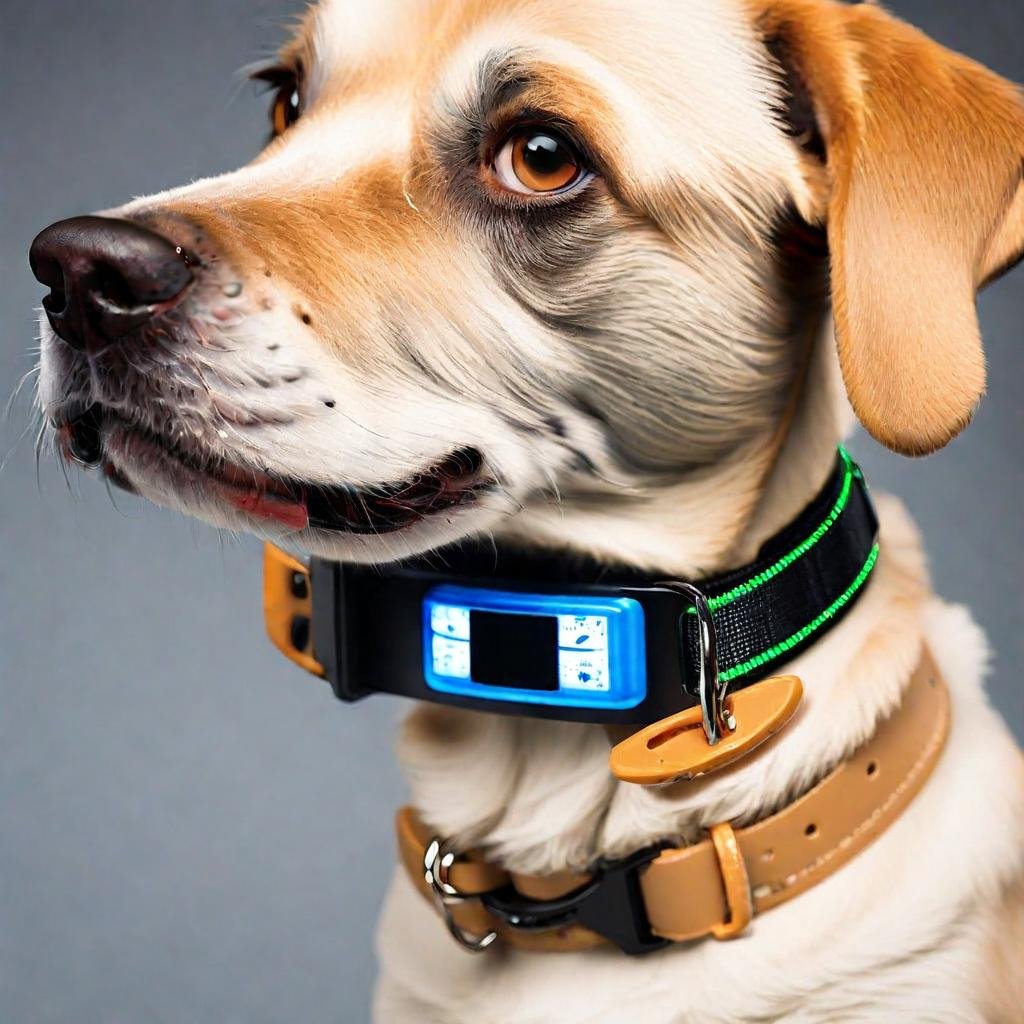
Table of Contents
But what exactly is a dog e-collar? Simply put, it is a device that allows you to communicate with your dog through signals such as vibration, sound or mild static stimulation. These collars can be incredibly useful in training, helping to reinforce commands and correcting unwanted behavior.
There are different types of e-collars, each designed for specific purposes. Whether you want to improve your dog’s memory, stop excessive barking, or keep them safe within limits, there is likely an e-collar to suit your needs. However, it is important to use these devices responsibly and ethically to ensure your dog’s comfort and well-being.
In this blog post, we’ll dive deeper into the world of dog e-collars, exploring their benefits, potential drawbacks, and tips for choosing and using them effectively. let’s get started!
What is a Dog E-Collar ?
Have you ever wondered what a dog e-collar is and how it can help you train your canine companion? Dog e-collar, short for electronic collar, is a versatile device used by many pet owners and trainers to communicate more effectively with their dogs. These collars are equipped with features such as vibration, tone or slight static pulse that can be controlled remotely to grab your dog’s attention or correct undesirable behavior.
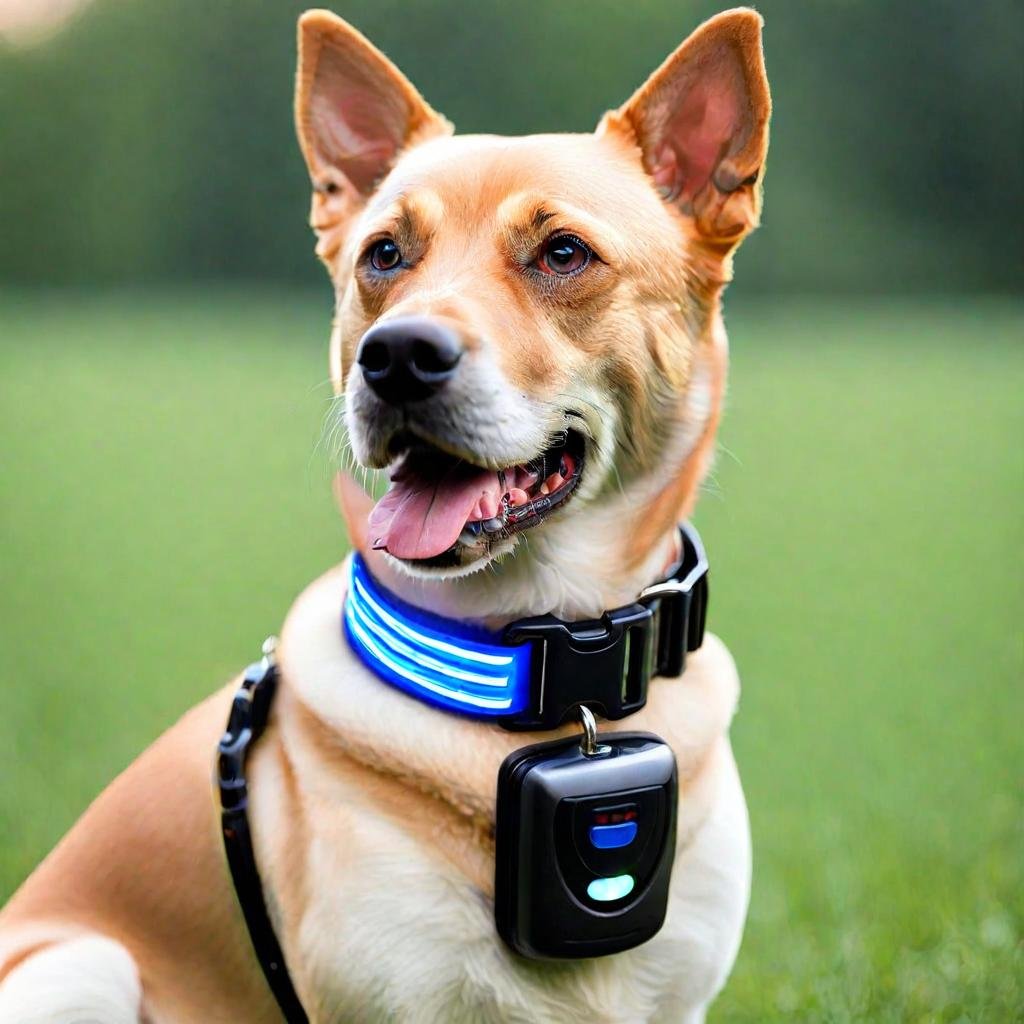
Understanding what a dog e-collar is starts with knowing its primary function: enhancing the training process. Unlike traditional collars, e-collars provide a more immediate and accurate way to reinforce commands or discourage behavior such as excessive barking or jumping. They are especially useful for off-leash training, as you can guide your dog from a distance.
There are different types of e-collars to suit different training needs, whether it’s basic obedience, advanced training, or even control in a specific area. It’s important to choose the right one for your dog’s size, temperament, and specific training goals.
In this article, we’ll explore the different types of e-collars, their benefits, and how to use them responsibly to ensure that your dog’s training is both effective and humane.
Types of Dog E-Collars ;
When searching for what an e-collar is for a dog, it is helpful to understand the different types available and how each type can benefit your dog’s training. Here are the main types of dog e-collars:
1. Training E-Collars :
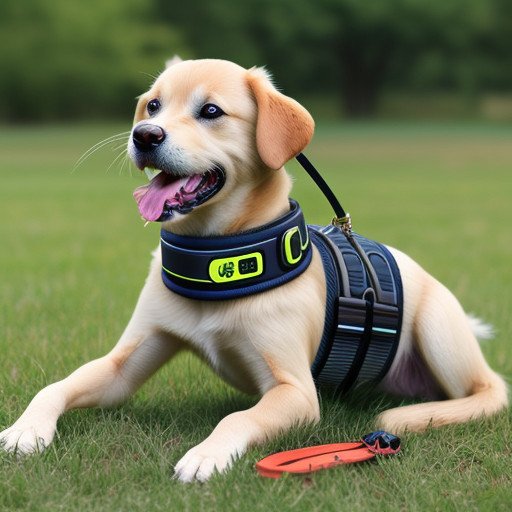
Training e-collars, also known as remote trainers, are designed to help correct unwanted behavior and reinforce commands. These collars typically offer different modes, such as vibration, sound, and steady pulse, which can be adjusted to suit your dog’s needs and sensitivity.
2. Anti-Bark E-Collar :
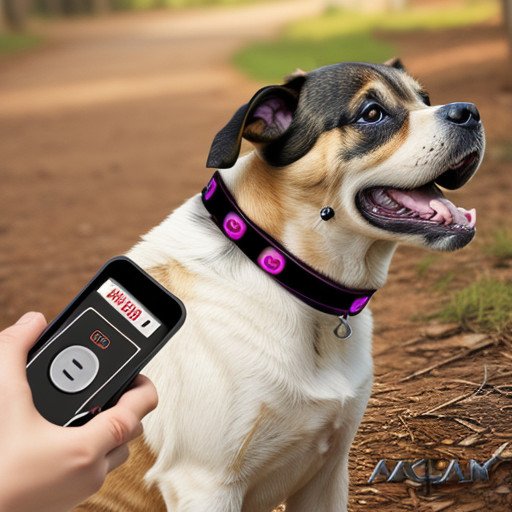
Anti-Bark collars are specifically designed to reduce excessive barking. They activate automatically when your dog barks, delivering a gentle correction to discourage the behavior. This can be especially useful for dogs who bark when left alone or at inappropriate times.
3. Containment E-Collars :
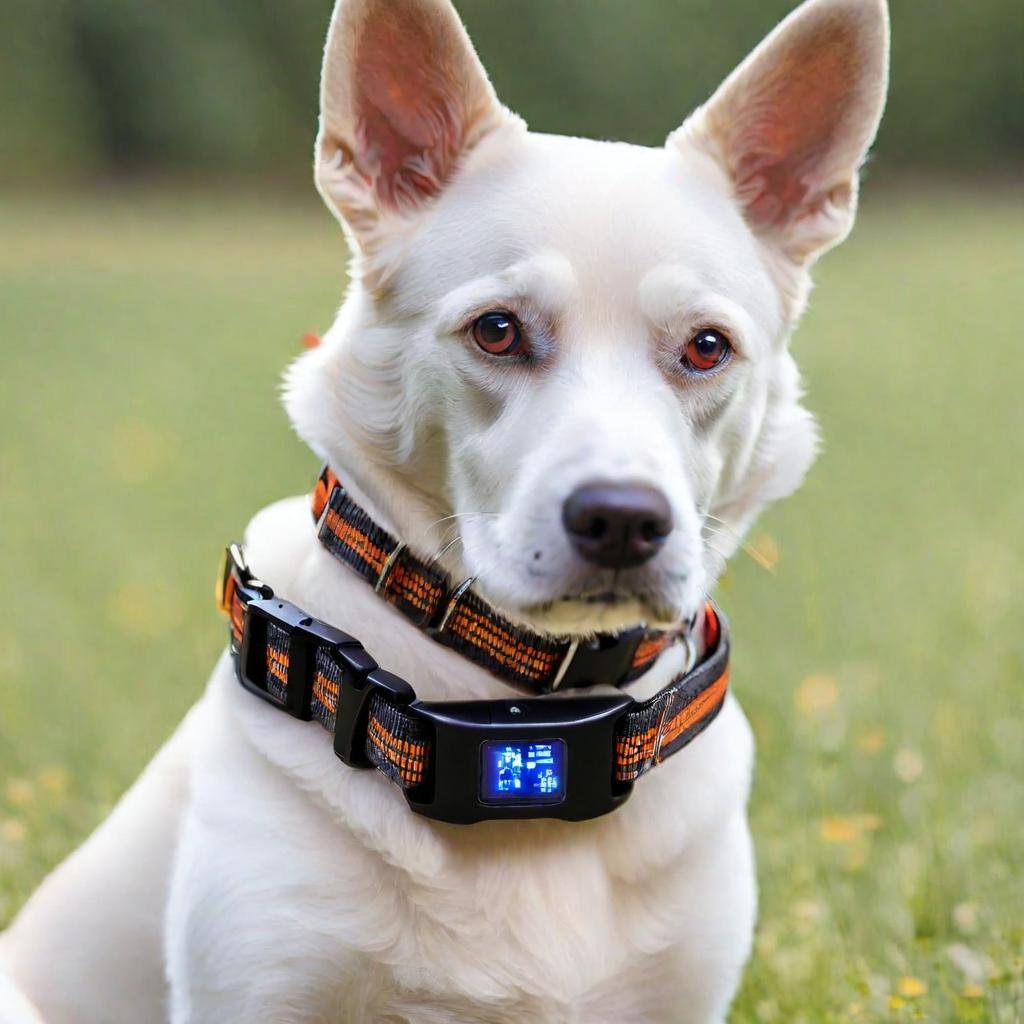
Containment e-collars work with invisible fences to keep your dog in a designated area. If your dog approaches the limit, the collar emits a warning signal, followed by a mild correction if he attempts to cross the limit. This helps ensure the safety of your dog without the need for a physical fence.
4. GPS E-Collars :
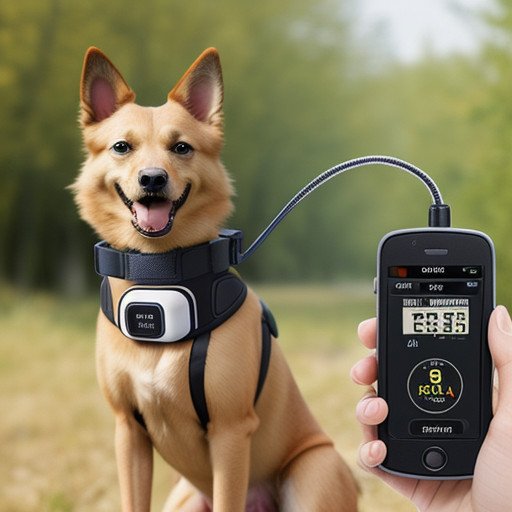
GPS e-collars are equipped with tracking technology, allowing you to monitor your dog’s location in real time. This is ideal for adventurous dogs who love to explore, as it ensures you can always find them if they wander off.
By understanding the different types of dog e-collars, you can choose the one that best suits your training goals and your dog’s specific needs.
Benefits of Using Dog E-Collars ;
When exploring what a dog e-collar is, it is essential to understand the benefits they provide for both you and your canine companion. Here are some of the major benefits of using a dog e-collar:
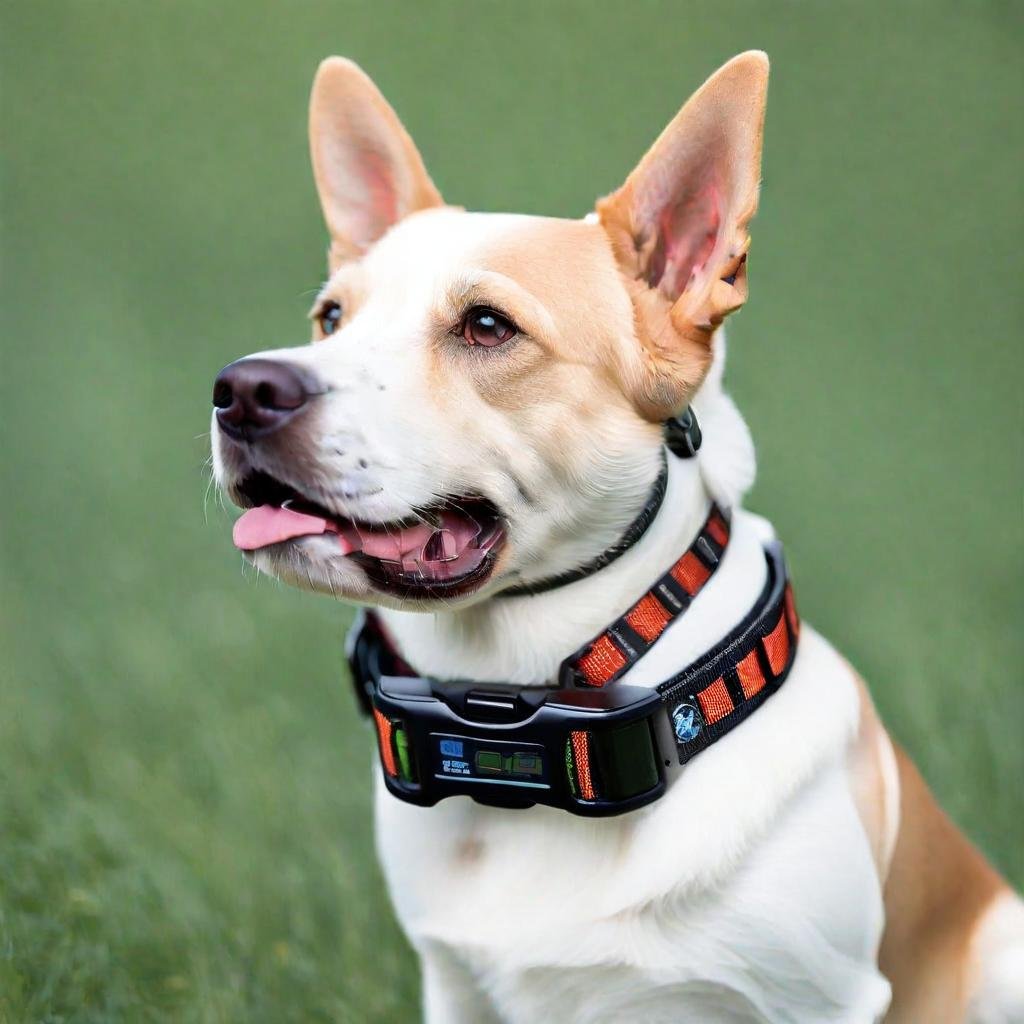
1. Effective Training Tools :
Dog e-collars provide a straightforward and immediate way to reinforce commands and correct undesirable behavior. This can be especially useful in off-leash training, allowing you to guide your dog even from a distance.
2. Enhanced Communication :
E-collars help improve communication between you and your dog. Various cues (vibrations, sounds, or light static pulsations) can effectively attract your dog’s attention, making training sessions more efficient and less frustrating for both of you.
3. Safety and Control :
For dogs who love to explore, e-collars can be a lifesaver. Containment e-collars, used with invisible fences, ensure that your dog stays within safe boundaries without the need for physical barriers. GPS e-collars, on the other hand, allow you to track your dog’s location in real time, giving them peace of mind if they wander off.
4. Customizable Training :
E-Collars offer adjustable settings, allowing you to customize the intensity of correction according to your dog’s size, temperament, and specific training needs. This customization ensures a humane approach to training while prioritizing your dog’s comfort and well-being.
Understanding these benefits highlights how e-collars can be a valuable addition to your dog training toolkit.
Potential Drawbacks and Controversies ;
When considering what a dog e collar is, it is important to be aware of the potential drawbacks and controversies associated with their use. While e-collars can be effective training tools, they are not without concerns.
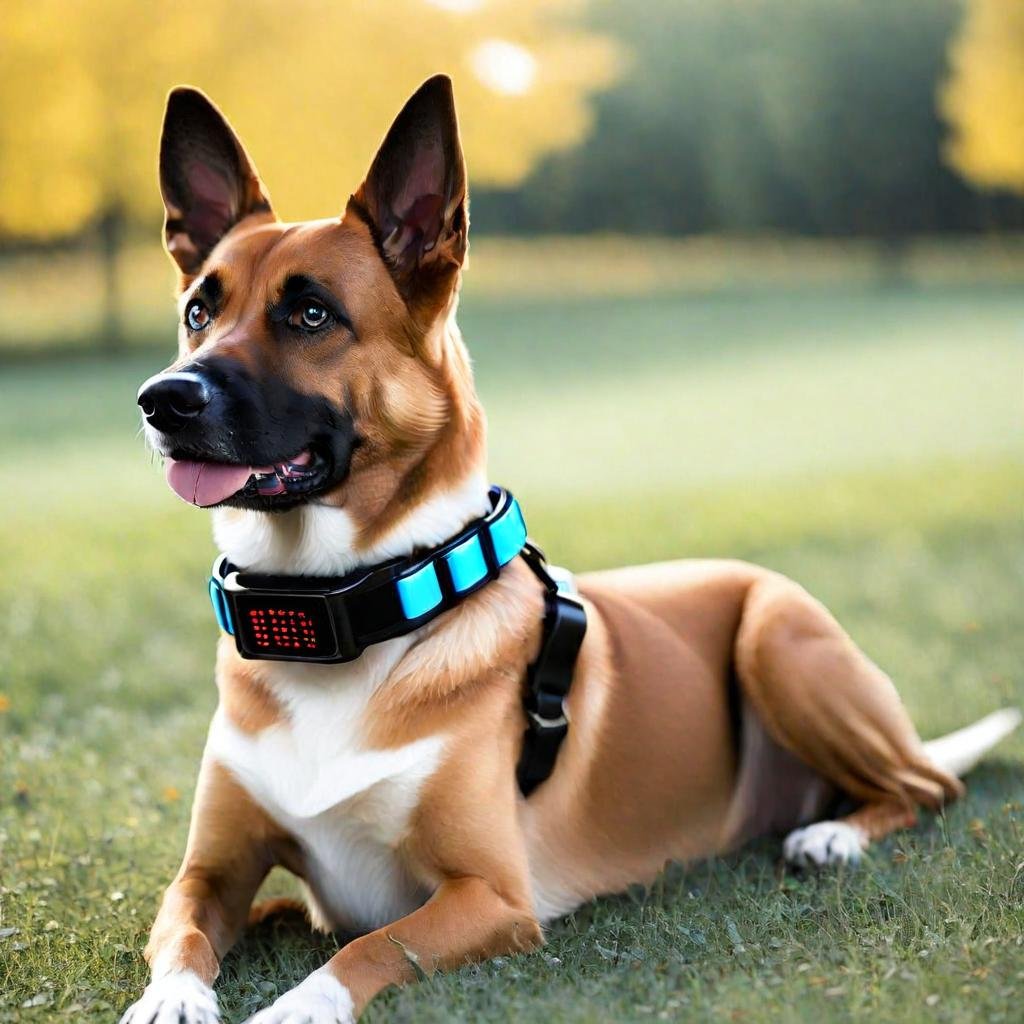
1. Risk of Abuse :
One of the primary concerns is the risk of abuse. If not used correctly, e-collars can cause physical discomfort or stress to the dog. It is important that dog owners receive proper training on how to use these devices humanely and effectively.
2. Ethical Considerations :
The use of e-collars raises ethical questions. Some argue that corrections, even if mild, could be viewed as punishment. This has led to debate as to whether the benefits outweigh the potential harm to the dog’s well-being.
3. Psychological effects:
There is a potential for negative psychological effects. Dogs may become anxious or fearful if they do not understand why they are getting corrections. This can break the trust between the dog and its owner.
4. Overreliance :
Overreliance on e-collars can also be problematic. Owners may skip basic training techniques like positive reinforcement, and rely solely on the e-collar for behavior correction, which can limit the dog’s overall learning and development.
Understanding these potential drawbacks and controversies is essential for responsible and informed use of e-collars, ensuring that your dog’s training is both effective and humane.
How to Choose the Right E-Collar for Your Dog ;
Choosing the right e-collar is essential for effective and humane training. If you are wondering what a dog e collar is and how to choose the best collar for your pet, here are some tips to guide you:
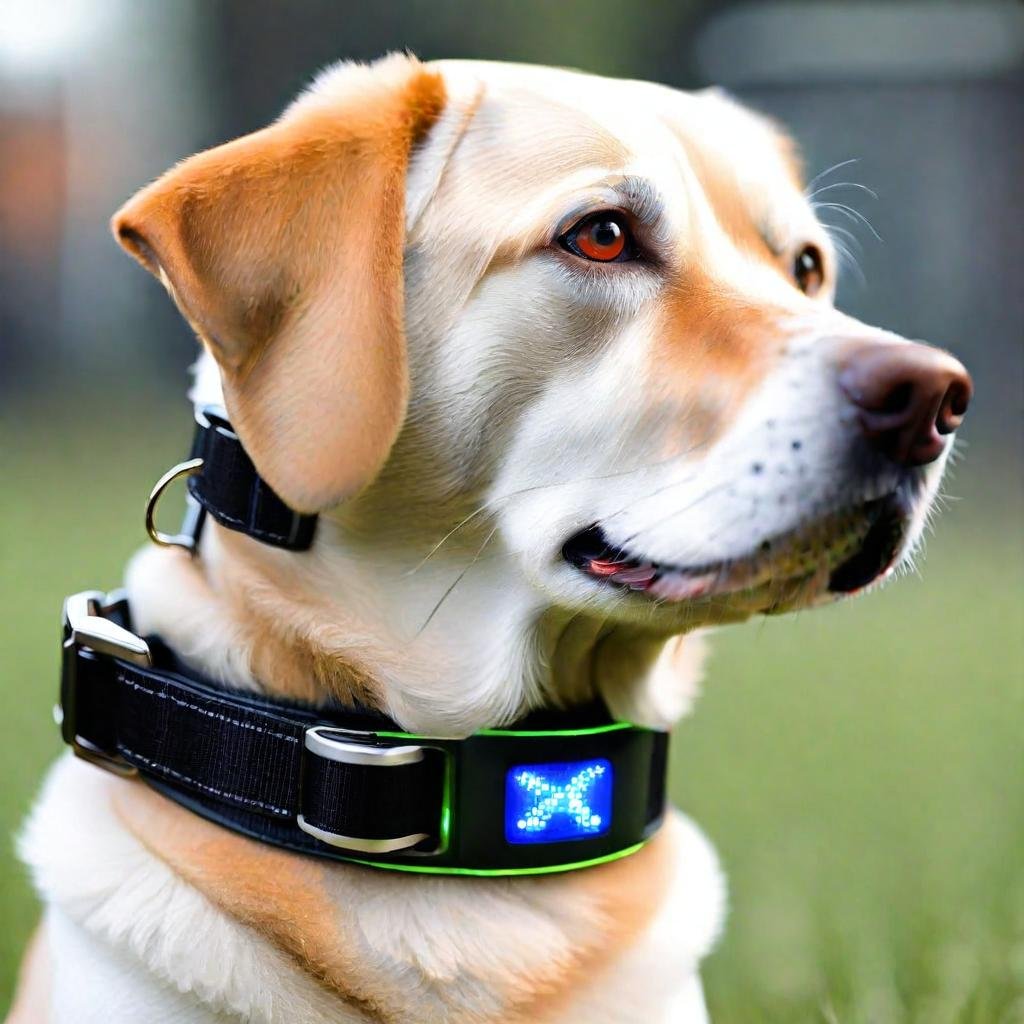
1. Understand Your Dog’s Needs :
First, consider your dog’s specific training needs. Are you working on basic obedience, curbing excessive barking, or making sure they stay in a safe area? Different e-collars serve different purposes, so identify what you need before making a choice.
2. Size and fit :
Make sure the e-collar is appropriate for your dog’s size and breed. A collar that is too large or too small may be ineffective or uncomfortable. Many e-collars come with adjustable straps to ensure a secure and comfortable fit.
3. Features and Settings :
View e-collars with adjustable settings. This allows you to control the intensity of vibration, sound or static correction. The key to manual training is to start at the lowest setting and make adjustments as needed.
4. Range and Battery ;
Life Consider the range of the e-collar, especially if you plan to use it for off-leash training. Make sure its range suits your environment, whether it’s your backyard or a large park. Also, check the battery life to avoid frequent recharging.
5. Quality and Brand :
Opt for reputed brands known for quality and reliability. Read reviews and seek recommendations from trusted sources to make sure you are investing in a durable and effective product.
By considering these factors, you can choose the right e-collar that meets your dog’s training needs and ensures their comfort and safety.
Proper Usage and Training Tips ;
It is important to use a dog e-collar properly for effective and humane training. If you are wondering what a dog e collar is and how to use it correctly, follow these tips:
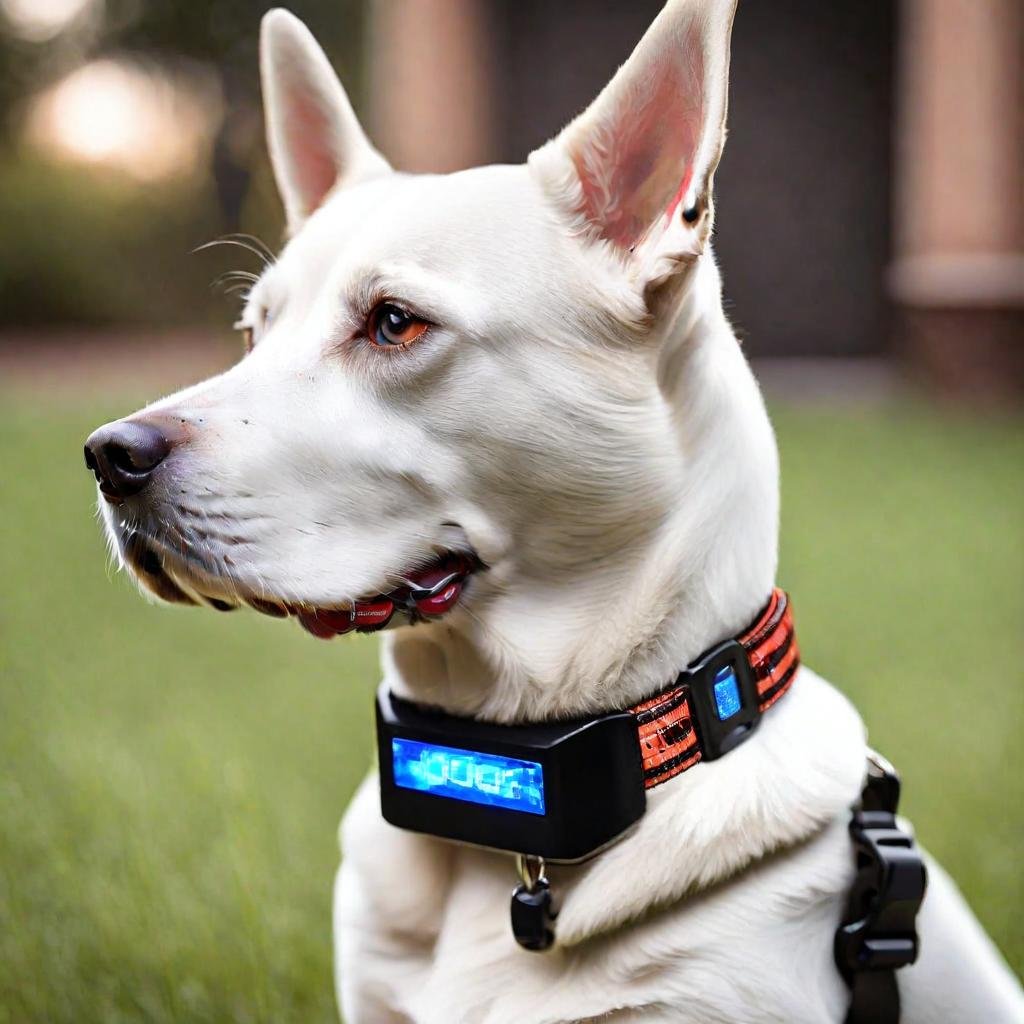
1. Introduce slowly :
Let your dog wear the e-collar without activation so they get used to it. This helps them associate the caller with positive experiences before any training begins.
3. Understand the functions :
familiarize yourself with the caller’s features and settings. Start with the lowest intensity level and gradually increase if necessary. Always prefer vibration or sound over static correction.
4. Clear Commands :
Use clear and consistent commands when using the e-collar. Make sure your dog understands what is expected of him. The caller should reinforce these commands, not replace your communication.
5. Short Training Sessions :
Keep training sessions short and focused, about 10-15 minutes. This keeps your dog from becoming overwhelmed and ensures effective learning.
6.Monitor for Stress :
Keep an eye out for signs of stress or distress in your dog. If they seem anxious or fearful, stop the session and reevaluate your approach. The goal is to train, not cause suffering.
Understanding what a dog e collar is and following these tips will ensure that you use it responsibly, making training a positive and effective experience for both you and your dog.
Alternatives to Dog E-Collars ;
If you’re looking for what a dog e collar is, but aren’t sure if it’s right for your training needs, there are several effective options to consider.
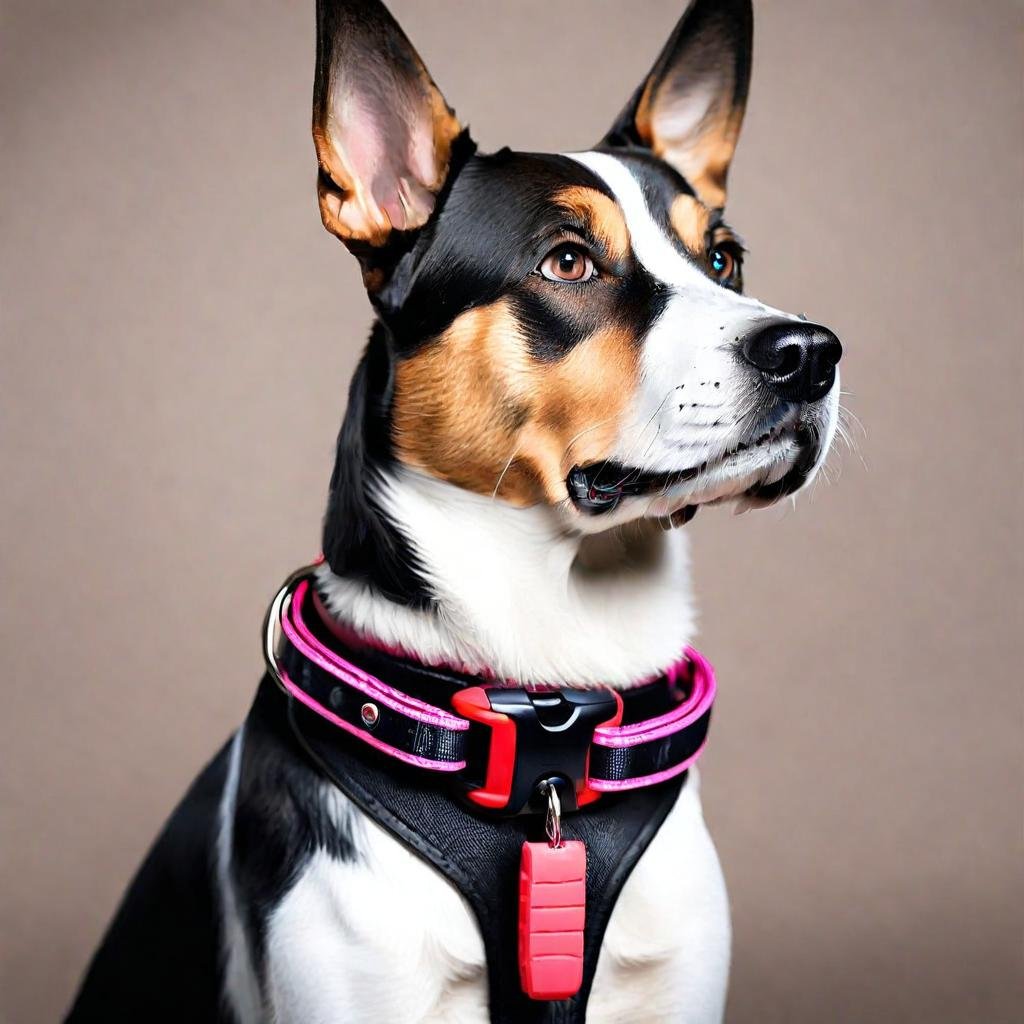
1. Positive Reinforcement Training
This method focuses on rewarding desired behavior with treats, praise or play. This helps build a stronger bond between you and your dog and encourages them to repeat the good behavior without any negative associations.
2. Clicker Training :
Clicker training uses a small device that makes a clicking sound to mark a desired behavior. When paired with treats, this method provides clear and consistent communication, making it easier for dogs to understand what is expected of them.
3. Head Halters :
Head halters, such as the Gentle Leader, help control your dog’s head movements and reduce strain on the leash. They provide a humane way to manage your dog’s behavior during walks without the need for electronic stimulation.
4. No-Pull Harnesses :
These harnesses are designed to discourage pulling by redirecting your dog’s movement. They offer better control and are a comfortable option for dogs who pull on the leash.
5. Vocational Training Classes :
Enrolling your dog in vocational training classes can be highly effective. Trainers use a variety of humane techniques to address behavior issues and teach obedience, providing personalized guidance tailored to your dog’s needs.
Exploring these options can help you find the best way to train your dog, ensuring a positive and stress-free experience for both of you.
** Conclusion **
Understanding what a dog e collar is is the beginning of enhancing your dog training experience. These collars provide a variety of benefits, from effective training to improved communication and safety. However, it is essential to use them responsibly to ensure your dog’s well-being.
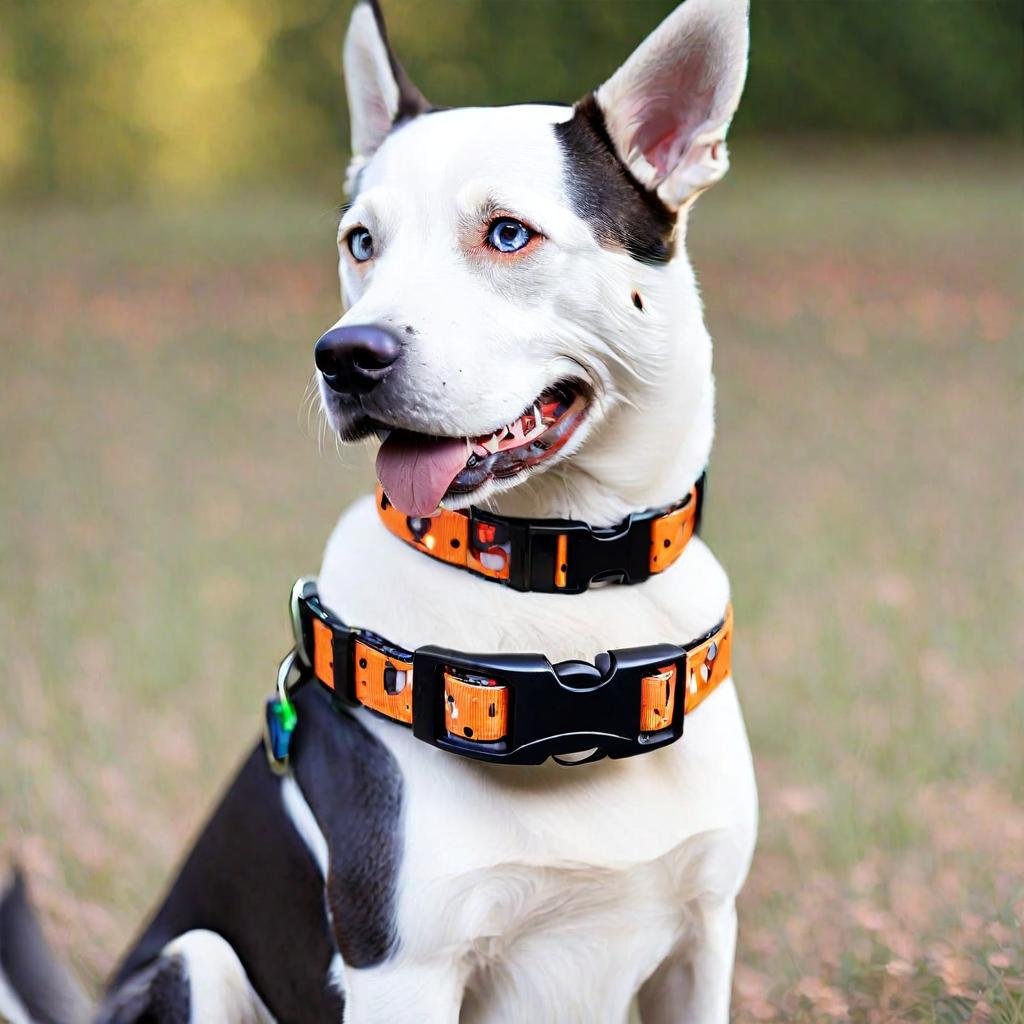
Choosing the right e-collar involves considering your dog’s specific needs, size, and temperament. It is equally important to familiarize yourself with the features and settings of the collar, starting at the lowest intensity and combining its use with positive reinforcement and clear commands.
It is also important to be aware of potential drawbacks and controversies. Misuse, ethical concerns, and excessive reliance on e-collars can lead to negative consequences. By being informed and alert, you can avoid these pitfalls and make the training process effective and humane.
If you prefer options, positive reinforcement, clicker training, head halters, no-pull harnesses, and professional training classes provide excellent options. Each method has its own benefits and can be tailored to your dog’s personality and behavior.
Ultimately, the goal is to foster a positive, trusting relationship with your dog, using the best tools and methods available to guide them toward good behavior and a happy, well-adjusted life.
You might be interested in reading this post as well Apple Air tag Dog Collar
**”Decoding Dog E-Collars: A Comprehensive Guide for Modern Pet Owners”** Introduction to what is a dog e collar ? Are you wondering what a dog e-collar is and how it can benefit your furry friend? you’re not alone. As a dog owner, it is important to explore all the tools available to ensure your pet’s…
You can read this post https://tomeshnews.co.in/spoton-dog-collar/?amp=1
What is a dog e collar?

A dog e-collar, or electronic collar, is a training device that uses signals like vibrations, sounds, or mild static pulses to communicate with your dog. It’s used to reinforce commands or correct unwanted behaviors.
Are dog e-collars safe?

When used correctly and responsibly, e-collars can be safe. It’s important to use the lowest effective settings and to avoid over-reliance on the collar, combining it with positive reinforcement techniques.
Can e-collars hurt my dog?

E-collars should not cause pain when used properly. It’s crucial to start with the lowest settings and gradually increase if necessary, ensuring your dog is not stressed or uncomfortable.
How long can my dog wear an e-collar each day?

E-collars should not be worn all day. Limit usage to training sessions and remove the collar after to prevent discomfort or skin irritation. Always follow the manufacturer’s guidelines.
Do e-collars replace traditional training methods?

No, e-collars should complement traditional training methods. They work best when combined with positive reinforcement, clear commands, and consistent training practices.
Are there alternatives to using an e-collar?

Yes, alternatives include positive reinforcement training, clicker training, head halters, no-pull harnesses, and professional training classes. Each method can effectively address various behavior issues.
